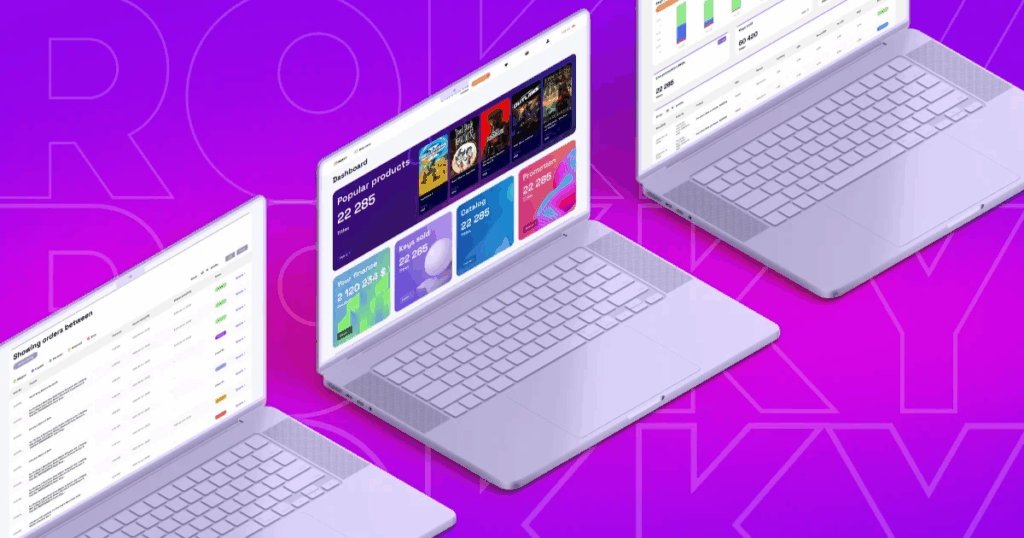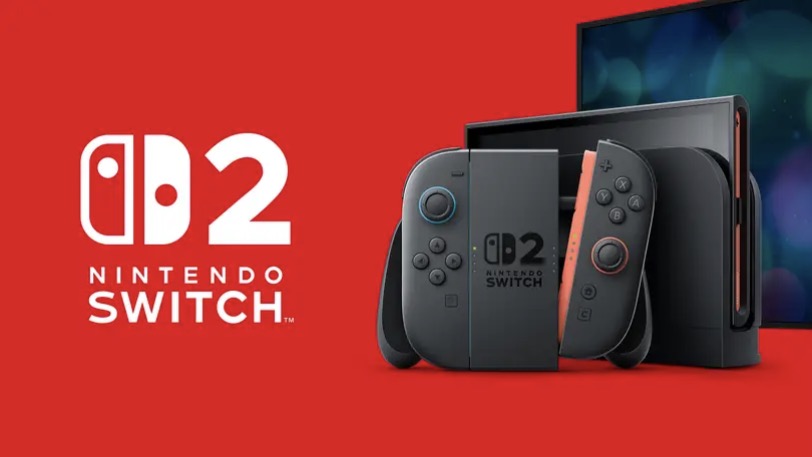Alternative distribution is big business on PC, but companies have understandable concerns about the ‘grey market’. Here to dispel some of the myths surrounding this thorny topic is Vadim Andreev, co-founder and CEO of the global distribution platform Rokky.
You can easily play word association within the games industry. Sonic and hedgehogs, anti-cheat and Denuvo, gatekeeping and Apple, and – of course – PC gaming and Steam.
Despite facing increased competition in the space, not least from the Epic Games Store, Valve’s platform is synonymous with PC gaming. The service is estimated to have made $10.8 billion in revenue during 2024, a new record for the Half-Life giant. Since it entered the PC distribution space back in 2018, the rival Epic Games Store has been making headway – and $1.09 billion last year – but Steam is still undeniably dominant within the space.
Valve earns a large part of its money from taking a 20-30% cut of sales revenue from developers and publishers. Despite other storefronts opening with lower overheads, Steam has stuck with taking this slice of sales revenue, and in doing so, it has been argued that Valve is unfairly taking a decent chunk of the profits of developers and publishers.
This might change, depending on how an ongoing class-action lawsuit initiated by Wolfire Games goes, but for the time being, Valve is making money hand over fist selling games on Steam. The platform boasts over 132 million users, so it’s perfectly reasonable that developers and publishers feel they have to use Steam – and give away a slice of their revenue – in order to reach the largest audience possible.

Still, developers and publishers are also choosing to sell Steam keys on third-party sites. The likes of Fanatical and Humble are among a huge number of storefronts where companies can sell their games outside Valve’s walled garden. Combined, just a handful of the best-known alternative storefronts have traffic totalling at least 18% of Steam’s traffic and 10% of its gross merchandise value – a bigger chunk of the market than the Epic Games Store has accrued so far.
It’s big business, but selling keys outside Steam comes with another anxiety for companies: fear of unleashing the grey market. This mysterious force is a very real concept, but one that is largely misunderstood, so we’d like to take the chance to debunk some of the myths surrounding this part of the industry. We’ll show that another word association – alt distribution = grey market – isn’t true.
Myth 1: Selling game keys outside Steam is forbidden
Steam Keys are unique codes that allow players to activate a game on Steam. Many believe that it is forbidden to sell these outside Valve’s garden, but that’s actually not the case. Developers and publishers can request three different kinds of keys from Valve: standard release, beta package, and keys for developers.
“Companies can request 5,000 standard release keys to sell on other storefronts”
Far from blocking the sale of keys outside Steam, Valve provides guidance that companies can request 5,000 standard release keys to sell on other storefronts. The only real caveat to this is that developers and publishers shouldn’t sell Steam keys on e-stores for less than Steam sells them directly. Similarly, you can offer discounts on Steam keys, so long as you provide similar price cuts to Steam users.
If you play by the rules, Valve has no problem with you selling keys outside Steam.
Myth 2: Marketplaces and e-stores are the same
Marketplaces and e-stores have a surface-level similarity, in that they allow consumers to buy games outside Steam, but they are actually very different.
Marketplaces, such as G2A, are a mix of publishers selling approved keys and regular consumers or grey market resellers selling keys that they have acquired, for example through game bundles. In the past, these services attracted some controversy over how sellers were sourcing keys, but platforms like G2A have taken greater steps to ensure what is being sold is legitimate.

E-stores, meanwhile, are online shops like Humble and Fanatical where developers and publishers provide keys directly to the platform. Whereas marketplaces feature a mix of publisher-approved and resold keys, e-stores solely provide a direct chain of custody for the key from the publisher all the way through to the consumer.
Myth 3: Anywhere but Steam is a grey market
Although there is a tendency to classify all marketplaces and e-stores as part of the grey market, this could not be further from the truth. The reality is that the grey market isn’t a place, it’s a concept.
The grey market occurs when game keys are resold in a way that reduces publishers’ profit margins and makes them feel out of control of their keys, because of regional pricing manipulation.
Myth 4: The grey market is a natural part of alternative game distribution
One reason that developers and publishers are afraid of turning to distribution outside Steam is that they will be ceding control. The theory goes that the hands of the grey market will take their game keys and sell them off for a profit.

Furthermore, they’ll be concerned about implementing discounts or price cuts on their Steam keys, which will open up their games to regional price manipulation. Historically, a lot of keys that have appeared on marketplaces were from regions with weaker currencies, meaning lower prices. These could then be sold in countries with stronger currencies for a considerable profit.
The grey market isn’t a guarantee. There are ways to prevent your game becoming part of it, as we’ll explore below. But even if your game keys do make it into the grey market, there are actions you can take to stop this.
Myth 5: Developers cannot stop the grey market
Despite what people might say, if the grey market does start to creep in, it can be stopped or at least managed. Developers and publishers might be concerned about regional price manipulation, but there are tools to control this.
For one, you can develop an awareness for where and how your keys are being sold. Exploring alternative distribution means selling keys across various e-stores. It’s why many studios use ‘key management platforms’ to provide visibility into where and when keys are sold.
“Game keys can be region-locked and priced accordingly”
Having an understanding of the regions and stores in which players are purchasing keys is an important step in preventing regional pricing manipulation. Game keys can be region-locked and priced accordingly. To ensure games are priced fairly per region, there are a range of economic variables to consider, such as the purchasing power of players. A simple currency conversion is not enough to determine pricing.
If all this sounds like too much work – or if you haven’t got the bandwidth to manage this yourself – there are also partners you can turn to. Partners help distribute keys to global e-stores, monitor key sales, and consult on pricing to avoid players reselling titles.
Selling keys outside Steam presents a new market for game companies. The dangers of the grey market are real, but selling outside Steam is not an automatic route into it. Instead, a considered alternative distribution strategy can reduce fees and bring titles to new international markets. If we’re returning to word association, for alternative distribution, the right word might be ‘opportunity’.











